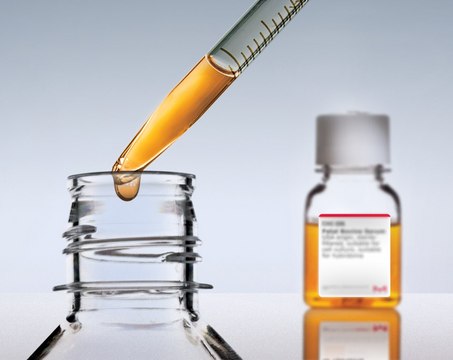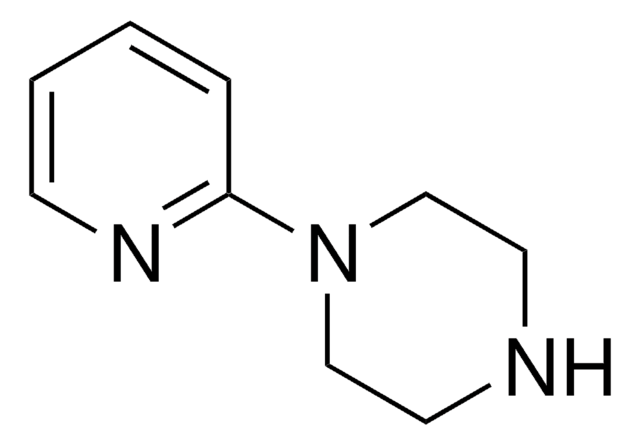All Photos(1)
Synonym(s):
4,4′-Bipiperidine dihydrochloride
Empirical Formula (Hill Notation):
C10H20N2 · 2HCl
CAS Number:
Molecular Weight:
241.20
Beilstein:
3687878
EC Number:
MDL number:
UNSPSC Code:
12352100
PubChem Substance ID:
NACRES:
NA.22
Recommended Products
Assay
97%
form
powder
mp
>300 °C (lit.)
SMILES string
Cl[H].Cl[H].C1CC(CCN1)C2CCNCC2
InChI
1S/C10H20N2.2ClH/c1-5-11-6-2-9(1)10-3-7-12-8-4-10;;/h9-12H,1-8H2;2*1H
InChI key
MQKBVVIPCLTENX-UHFFFAOYSA-N
Looking for similar products? Visit Product Comparison Guide
General description
4,4′-bipiperidine dihydrochloride is an intercalating agent.
Application
4,4′-Bipiperidyl dihydrochloride was used in the synthesis of organomodified montmorillonite (MMT) clay.
Reactant for synthesis of:
Isoreticular chemicals
Heterocyclic amide hydraphile synthetic cation transporters
Small molecules direct activators of Gi proteins
Vesamicol
Reactant for control of hydrogen bond network dimensionality in tetrachloroplatinate salts
Isoreticular chemicals
Heterocyclic amide hydraphile synthetic cation transporters
Small molecules direct activators of Gi proteins
Vesamicol
Reactant for control of hydrogen bond network dimensionality in tetrachloroplatinate salts
Signal Word
Warning
Hazard Statements
Precautionary Statements
Hazard Classifications
Eye Irrit. 2 - Skin Irrit. 2 - STOT SE 3
Target Organs
Respiratory system
WGK
WGK 3
Flash Point(F)
Not applicable
Flash Point(C)
Not applicable
Certificates of Analysis (COA)
Search for Certificates of Analysis (COA) by entering the products Lot/Batch Number. Lot and Batch Numbers can be found on a product’s label following the words ‘Lot’ or ‘Batch’.
Already Own This Product?
Find documentation for the products that you have recently purchased in the Document Library.
Felicity Massingberd-Mundy et al.
Scientific reports, 10(1), 17355-17355 (2020-10-17)
Affordable and readily available microelectronics are becoming prevalent in teaching laboratories however these useful and economic tools are not used widely in either academia or industry. Herein we report how a metal organic framework (MOF) synthetic route can be optimized
P Santhana Gopala Krishnan et al.
Journal of nanoscience and nanotechnology, 5(7), 1148-1157 (2005-08-20)
Polyimide-clay nanocomposites were prepared from their precursor, namely, polyamic acid, by the solution-casting method. Organomodified montmorillonite (MMT) clay was prepared by treating Na+MMT (Kunipia F) with three different intercalating agents, namely, piperazine dihydrochloride, 1,3-bis(4-piperidinylpropane) dihydrochloride and 4,4'-bipiperidine dihydrochloride at 80
Our team of scientists has experience in all areas of research including Life Science, Material Science, Chemical Synthesis, Chromatography, Analytical and many others.
Contact Technical Service
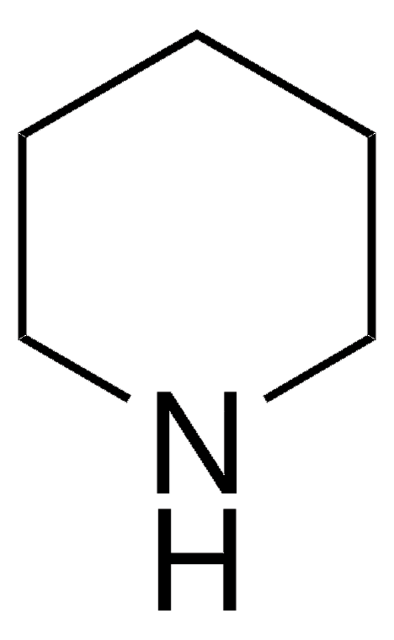
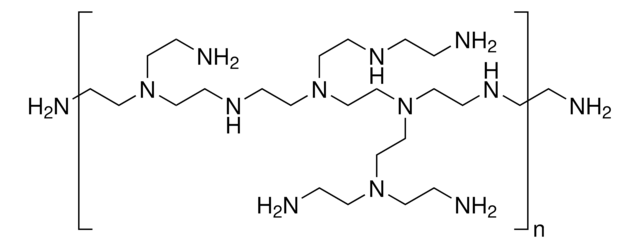
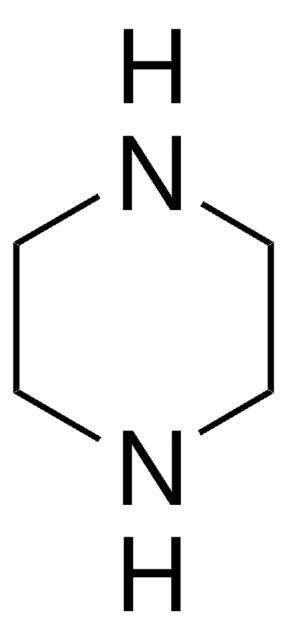
![1,4-Diazabicyclo[2.2.2]octane ReagentPlus®, ≥99%](/deepweb/assets/sigmaaldrich/product/structures/366/129/a6ff4175-974d-4fac-9038-b35e508ef252/640/a6ff4175-974d-4fac-9038-b35e508ef252.png)
